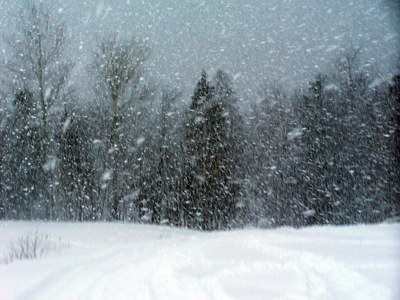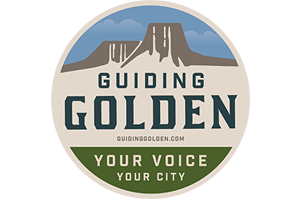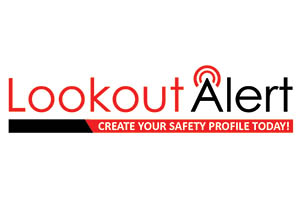 Everyone is potentially at risk during winter storms. The actual threat to you depends on your specific situation.
Everyone is potentially at risk during winter storms. The actual threat to you depends on your specific situation.
Deaths related to ice and snow
- About 70% occur in automobiles
- About 25% are people caught out in the storm
- Majority are males over 40 years old
Deaths related to exposure to cold
- 50% are people over 60 years old
- Over 75% are males
- About 20% occur in the home
Winter storms occur between the months of December and April, and can immobilize whole communities for a few days. The problem can be compounded by hypothermia and power outages. Dangerous driving conditions occur several times a month, particularly on Highway 6, I-25, and I-70, with strong winds lowering visibility and the wind chill index.
When Caught in a Winter Storm
Shelter is available:
- Try to stay dry.
- Cover all exposed parts of the body.
No shelter is available:
- Prepare a lean-to, wind-break or snow cave for protection from the wind.
- Build a fire for heat and to attract attention. Place rocks around the fire to absorb and reflect heat.
- Do not eat snow. It will lower your body temperature. Melt it first.
In your car:
Stay in your car or truck. Disorientation occurs quickly in wind-driven snow and cold.
- Run the motor about ten minutes each hour for heat.
- Open the window a little for fresh air to avoid carbon monoxide poisoning.
- Make sure the exhaust pipe is not blocked. Make yourself visible to rescuers.
- Turn on the dome light at night when running engine.
- Tie a colored cloth (preferably red) to your antenna or door.
- Raise the hood indicating trouble after snow stops falling.
- Exercise from time to time by vigorously moving arms, legs, fingers, and toes to keep blood circulating and to keep warm.
Stay inside:
- Cover windows at night.
- Eat and drink. Food provides the body with energy for producing its own heat. Keep the body replenished with fluids to prevent dehydration.
- Wear layers of loose-fitting, light-weight, warm clothing. Remove layers to avoid overheating, perspiration, and subsequent chill.
Using alternative heat from a fireplace, wood stove, space heater, etc.:
- Use fire safeguards.
- Properly ventilate.
When no heat is available:
- Close off unneeded rooms.
- Stuff towels or rags in cracks under doors.
Emergency Car Kit
Winter storms can occur quickly, without much warning. During the winter months, be prepared–keep a winter-weather box in your vehicle. Items to include are:
- A battery-powered radio (extra batteries)
- Flashlight (extra batteries)
- Blankets or sleeping bags
- Booster cables
- High calorie food (nuts, candy bars, etc.)
- Candles/matchesCoffee can with lid (to melt snow)
- First aid kit
- Bottled water
- Extra clothes/boots
- Kitty litter or rock salt
- Shovel
- Bright colored cloth (hang on antenna)
- Map
- Newspapers, cards, games
- Plastic bags (sanitation)
- Pocket knife, handsaw or ax












